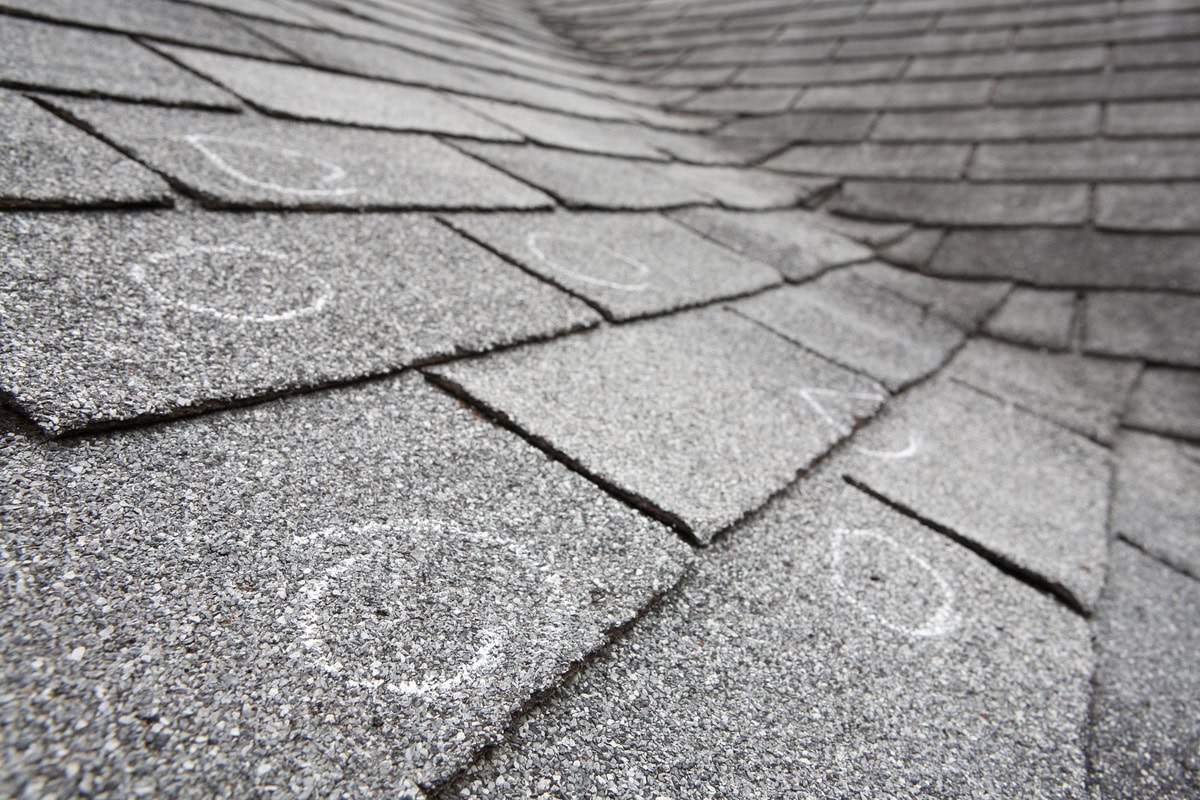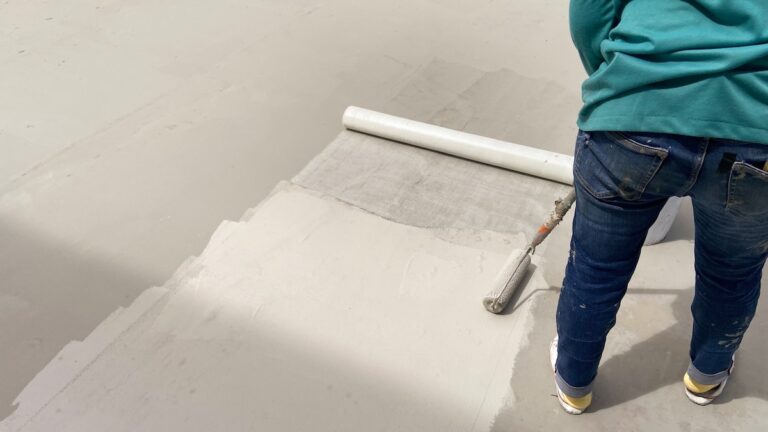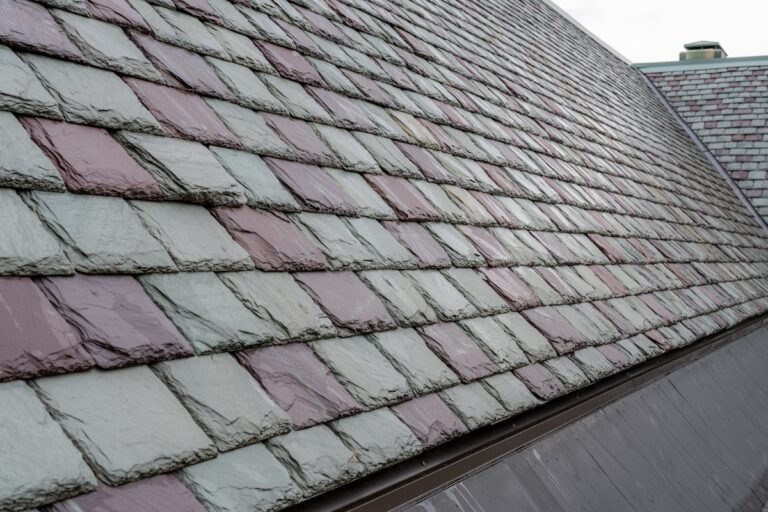Owning a home is a joy, but it comes with responsibilities, particularly when it comes to maintaining the structure and integrity of your home’s roof. The roof is an essential component of your home, safeguarding you from the elements and contributing to energy efficiency and overall home value. However, it can be vulnerable to various types of damage that, if left unchecked, can lead to costly repairs.
In this guide to roof damage, we’ll explore:
- The most common types of roof damage homeowners should be aware of
- What causes them
- Insights on how to address them effectively
Understanding Roof Damage: 6 Different Types
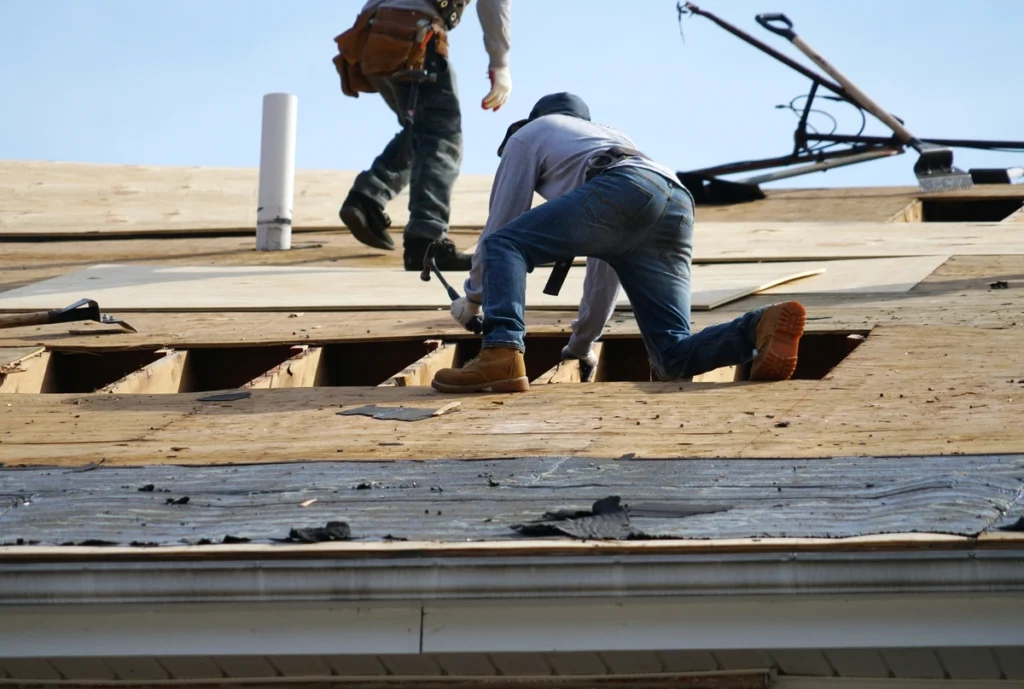
Before we dig into the specifics, it’s important to understand what constitutes roof damage. Roof damage refers to any deterioration or wear and tear that affects the functionality and structural integrity of your roof. It can result from a variety of factors, including weather conditions, environmental influences, poor maintenance, and material degradation over time.
1. Weather-Related Damage ❄️
Weather events are among the most common and impactful causes of roof damage. Here are some weather-related culprits:
Wind Damage
Strong winds can lift roof shingles, tiles, or even entire sections of the roof, leading to leaks and structural issues. Wind-driven debris can also cause direct impact damage.
Prevention Tips:
- Regularly inspect and secure loose shingles or tiles.
- Trim nearby trees to prevent branches from falling onto the roof during storms.
Hail Damage
Hailstones can dent metal roofs, crack shingles, and cause granule loss on asphalt shingles. This can compromise the roof’s ability to shed water.
Prevention Tips:
- Consider installing impact-resistant roofing materials if hail is common in your area.
- Schedule regular inspections after severe hailstorms.
Snow and Ice Damage
In colder climates, snow and ice can accumulate on the roof, leading to ice dams. These ice formations prevent proper drainage and cause water to back up under shingles, resulting in leaks.
Prevention Tips:
- Ensure proper attic insulation to prevent ice dams.
- Remove snow buildup using a roof rake.
2. Moisture-Related Damage 💧
Moisture is always a concern for roofs. It can infiltrate through various avenues, causing significant damage over time.
Leaks and Water Penetration
Leaks are a common issue, often resulting from damaged flashing, cracked shingles, or improperly sealed roof valleys. Water intrusion can lead to mold growth and structural deterioration.
Prevention Tips:
- Regularly inspect flashing and sealants for wear.
- Promptly address any visible leaks.
Mold and Algae Growth
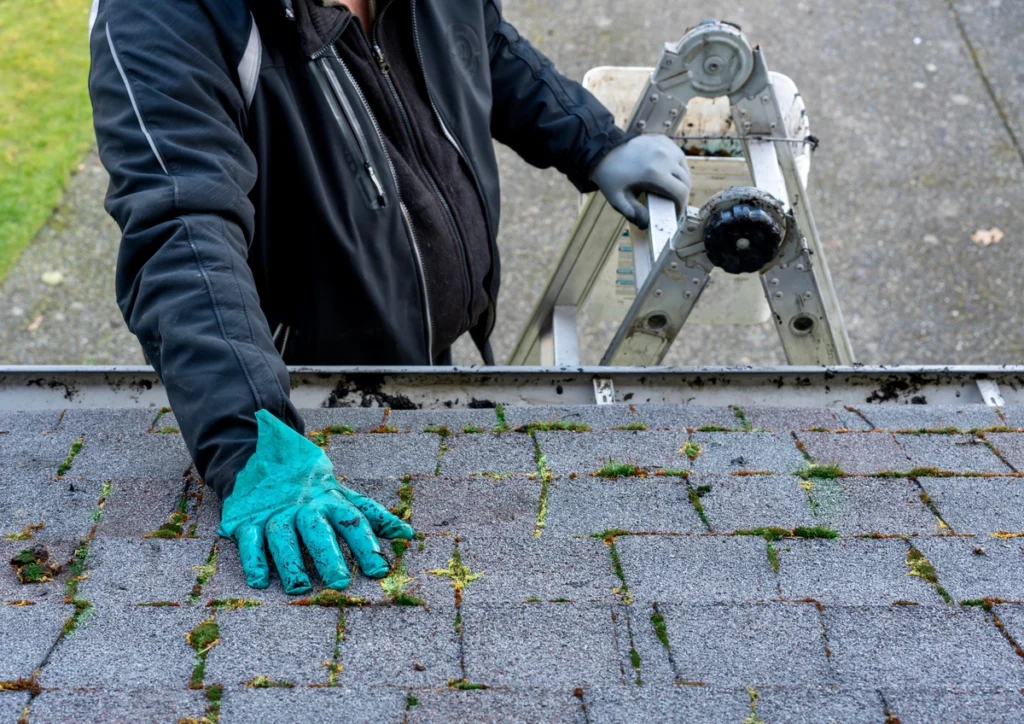
In humid climates, mold and algae can grow on roof surfaces, especially on shingles. This not only mars the appearance but can also cause shingle degradation.
Prevention Tips:
- Install zinc or copper strips along the roof ridge to inhibit mold growth.
- Clean roofs periodically to remove organic buildup.
3. Physical and Structural Damage 🏚️
Physical forces, whether natural or man-made, can cause significant damage to your roof.
Impact Damage
Falling trees, branches, or debris during storms can cause immediate and severe damage to the roof structure.
Prevention Tips:
- Regularly trim trees and remove dead branches near the house.
- Conduct post-storm inspections to identify impact damage promptly.
Roof Sagging
Sagging indicates potential structural issues, often caused by excessive weight from snow or water pooling. It can also result from improper construction or aging materials.
Prevention Tips:
- Ensure proper roof drainage to prevent water accumulation.
- Reinforce support structures if sagging is detected.
4. Material-Specific Damage 🔨
Different roofing materials come with their own set of vulnerabilities. Understanding these can help in proactive roof management.
Asphalt Shingle Damage
Asphalt shingles are prone to curling, cracking, and granule loss, particularly due to UV exposure and age.
Prevention Tips:
- Use high-quality shingles with UV protection.
- Replace shingles nearing the end of their lifespan.
Tile Roof Damage
Tiles can crack or slip out of place due to impact or freezing temperatures.
Prevention Tips:
- Regularly inspect for and replace damaged or missing tiles.
- Secure tiles properly during installation.
Metal Roof Damage
Metal roofs can corrode, rust, or suffer from expansion and contraction due to temperature changes.
Prevention Tips:
- Apply corrosion-resistant coatings.
- Use expansion joints in larger roofs to accommodate movement.
5. Maintenance-Related Damage 🧰
Neglecting routine maintenance can exacerbate existing issues or create new ones.
Gutter Damage
Clogged or damaged gutters can lead to water overflow, affecting the roof’s edge and fascia.
Prevention Tips:
- Clean gutters regularly to ensure proper drainage.
- Repair or replace damaged gutter sections.
Poor Installation
Improper installation can lead to a host of problems, from leaks to premature wear.
Prevention Tips:
- Hire experienced professionals for roof installation.
- Conduct thorough inspections post-installation.
6. Age-Related Damage 👵🏼

All roofs have a finite lifespan, and as they age, they become more susceptible to damage.
General Wear and Tear
Over time, roofs naturally degrade, leading to issues like shingle loss, leaks, and decreased energy efficiency.
Prevention Tips:
- Regularly assess the roof’s condition and plan for replacement as needed.
- Budget for eventual roof replacement to avoid financial surprises.
Protect Your Roof Against Structural Damage With Johnson Restoration
Maintaining a healthy roof is crucial for protecting your home and ensuring your family’s safety. By understanding the different types of roof damage and their causes, you can take proactive steps to address issues before they escalate. Regular inspections, timely repairs, and professional maintenance are key to extending the life of your roof and avoiding costly repairs.
If you’re uncertain about your roof’s condition or need assistance, consider reaching out to a professional roofing service. They can provide expert assessments, repair recommendations, and maintenance plans tailored to your specific needs. Remember, a well-maintained roof not only enhances your home’s curb appeal but also provides peace of mind during inclement weather.For more information on roofing maintenance, or to schedule a professional inspection, contact Johnson Restoration today.
